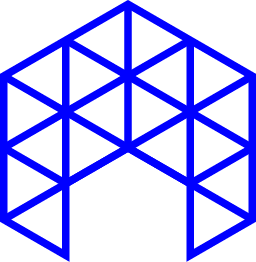Building Information Modeling (BIM) is a digital technology that is changing the way architects and designers approach building design. BIM is a process of creating and managing digital representations of building components, which can be used for design, construction, and maintenance. By using BIM, architects and designers can optimize the design process, improve communication, and increase efficiency. In this blog post, we will explore the role of BIM in building design and how it can help to maximize efficiency in the design process.
-
Improving Communication:
One of the most important benefits of BIM is improved communication. BIM allows architects, engineers, and contractors to work together on a single digital model, which improves collaboration and reduces the risk of errors. With BIM, all stakeholders can access the same information, reducing the need for multiple versions of documents and drawings. This can help to speed up the design process and reduce the risk of errors.
-
Optimizing Design:
Another benefit of BIM is the ability to optimize the design. BIM allows architects and designers to test different design options, evaluate different materials and systems, and analyze the performance of the building. This can help to identify potential issues early in the design process, which can save time and money in the long run.
-
Managing Data:
BIM also allows architects and designers to manage data more effectively. With BIM, all building components are represented in a digital model, which can be used to store and manage data such as material properties, dimensions, and performance data. This allows architects and designers to easily access and update information, improving the accuracy and efficiency of the design process.
-
Improving Sustainability:
BIM also helps architects and designers to improve the sustainability of building design. BIM allows architects and designers to analyze the energy performance of a building and identify ways to improve efficiency. This can help to reduce the environmental impact of the building and improve the overall sustainability of the design.
-
Streamlining construction and maintenance:
Finally, BIM plays a crucial role in streamlining the construction and maintenance process. By having all the information and data of the building in a digital model, BIM allows contractors to have a clear understanding of the building’s components and systems, reducing the chances of errors and rework. This can save time and money during the construction process, and also make maintenance more efficient.
Conclusion:
Building Information Modeling (BIM) is a digital technology that is changing the way architects and designers approach building design. By using BIM, architects and designers can optimize the design process, improve communication, and increase efficiency. BIM allows architects and designers to test different design options, evaluate different materials and systems, analyze the performance of the building, manage data more effectively, improve sustainability, and streamline the construction and maintenance process.
It’s important to note that in order to get the most out of BIM, it’s essential to have high-quality digital assets, 3D models, and 3D modeling skills. It’s also important to keep in mind the importance of Search Engine Optimization (SEO) when creating these visualizations, as it will help in getting the right audience to see the work.
References:
- “Maximizing Efficiency in Building Design: The Role of Building Information Modeling” by Arch2o
- “The Role of BIM in Building Design” by AIA
- “Building Information Modeling: An Overview” by National Institute of Standards and Technology

